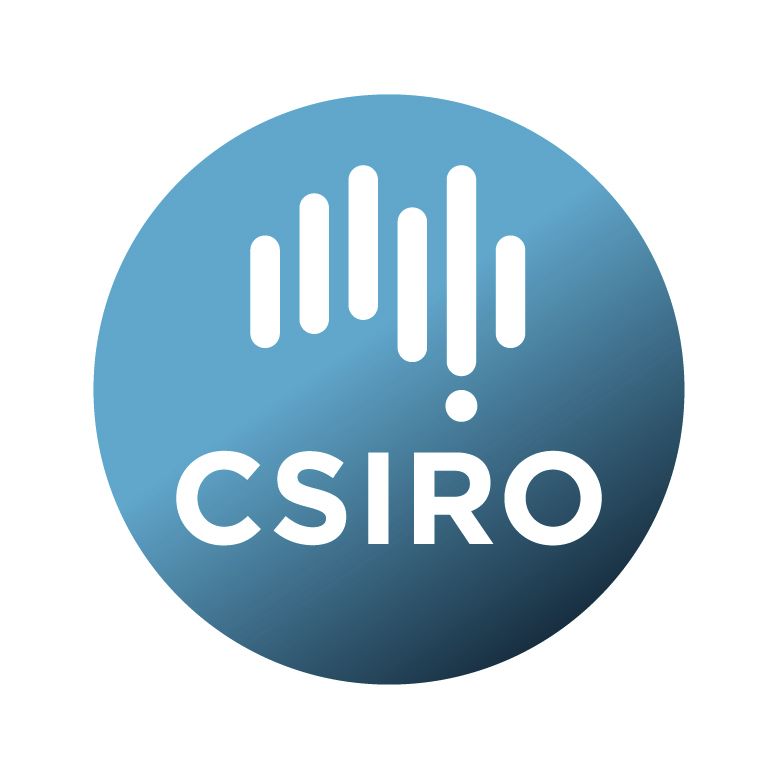Brief description
This dataset is a series of digital map-posters accompanying the AdaptNRM Guide: Helping Biodiversity Adapt: supporting climate adaptation planning using a community-level modelling approach. \n\nThese represent supporting materials and information about the community-level biodiversity models applied to climate change. Map posters are organised by four biological groups (vascular plants, mammals, reptiles and amphibians), two climate change scenario (1990-2050 MIROC5 and CanESM2 for RCP8.5), and five measures of change in biodiversity.\n\nThe map-posters present the nationally consistent data at locally relevant resolutions in eight parts – representing broad groupings of NRM regions based on the cluster boundaries used for climate adaptation planning (http://www.environment.gov.au/climate-change/adaptation) and also Nationally. \n\nMap-posters are provided in PNG image format at moderate resolution (300dpi) to suit A0 printing. The posters were designed to meet A0 print size and digital viewing resolution of map detail. An additional set in PDF image format has been created for ease of download for initial exploration and printing on A3 paper. Some text elements and map features may be fuzzy at this resolution. \n\nEach map-poster contains four dataset images coloured using standard legends encompassing the potential range of the measure, even if that range is not represented in the dataset itself or across the map extent. \n\nMost map series are provided in two parts: part 1 shows the two climate scenarios for vascular plants and mammals and part 2 shows reptiles and amphibians. Eight cluster maps for each series have a different colour theme and map extent. A national series is also provided. Annotation briefly outlines the topics presented in the Guide so that each poster stands alone for quick reference. \n\nAn additional 77 National maps presenting the probability distributions of each of 77 vegetation types – NVIS 4.1 major vegetation subgroups (NVIS subgroups) - are currently in preparation. \n\nExample citations: \n\nWilliams KJ, Raisbeck-Brown N, Prober S, Harwood T (2015) Generalised projected distribution of vegetation types – NVIS 4.1 major vegetation subgroups (1990 and 2050), A0 map-poster 8.1 - East Coast NRM regions. CSIRO Land and Water Flagship, Canberra. Available online at www.AdaptNRM.org and https://data.csiro.au/dap/.\n\nWilliams KJ, Raisbeck-Brown N, Harwood T, Prober S (2015) Revegetation benefit (cleared natural areas) for vascular plants and mammals (1990-2050), A0 map-poster 9.1 - East Coast NRM regions. CSIRO Land and Water Flagship, Canberra. Available online at www.AdaptNRM.org and https://data.csiro.au/dap/.\n\nThis dataset has been delivered incrementally. Please check that you are accessing the latest version of the dataset. \nLineage: The map posters show case the scientific data. The data layers have been developed at approximately 250m resolution (9 second) across the Australian continent to incorporate the interaction between climate and topography, and are best viewed using a geographic information system (GIS). Each data layers is 1Gb, and inaccessible to non-GIS users. The map posters provide easy access to the scientific data, enabling the outputs to be viewed at high resolution with geographical context information provided. \n\nMaps were generated using layout and drawing tools in ArcGIS 10.2.2\n\nA check list of map posters and datasets is provided with the collection. \n\nMap Series:\n7.(1-77) National probability distribution of vegetation type – NVIS 4.1 major vegetation subgroup pre-1750 #0xAvailable: 2016-01-18
Data time period: 2015-01-01 to 2015-01-10
Subjects
1990 climates |
Amphibian |
Biological Sciences |
Biogeography and Phylogeography |
Bioinformatics and Computational Biology |
Bioinformatics and Computational Biology Not Elsewhere Classified |
Climate Change Impacts and Adaptation |
Conservation and Biodiversity |
Environmental Sciences |
Ecological Impacts of Climate Change and Ecological Adaptation |
Environmental Management |
Evolutionary Biology |
Natural Resource Management |
adaptation |
adaptnrm |
biodiversity |
generalised dissimilarity model |
historical climates, 2050 future climates |
mammals, reptiles, vascular plants |
scaled environmental variables |
vegetation type |
User Contributed Tags
Login to tag this record with meaningful keywords to make it easier to discover


